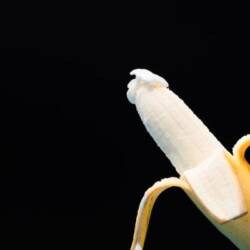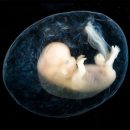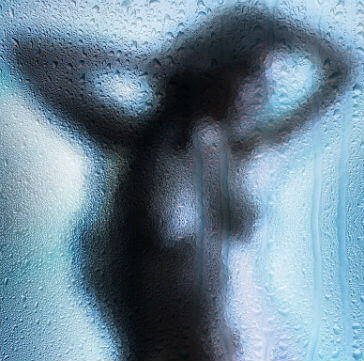What the Differences Between These Penis and Vagina Museums Say About Sex and Society
A tale of two genitalia galleries.

When you walk into the Icelandic Phallological Museum, situated in downtown Reykjavik, you are immediately shed of the notion that its founder is unaware of the gag.
The gift shop is full of cheeky penis-themed trinkets, from penis-bottle openers to condoms featuring photos of Iceland’s most beautiful, and most phallic, natural wonders (think exploding geysers).
Once you walk past the gift shop, however, the cheekiness gives way to an overwhelming collection of mammalian penises—284 to be exact. The collection ranges in size, housing both massive members from sperm whales to the teeniest little penis you’ve ever seen, one belonging to an Icelandic field mouse.
The museum’s founder and original curator, Sigurður Hjartarson, has collected many of these specimens himself, a fact which is illustrated by a framed comic of Hjartarson wielding a bloody hatchet while a cartoon whale in the background frowns and holds its fins to its nether regions.
The purpose behind the museum, according to its website, is to make it possible “for individuals to undertake serious study into the field of phallology in an organized, scientific fashion.”
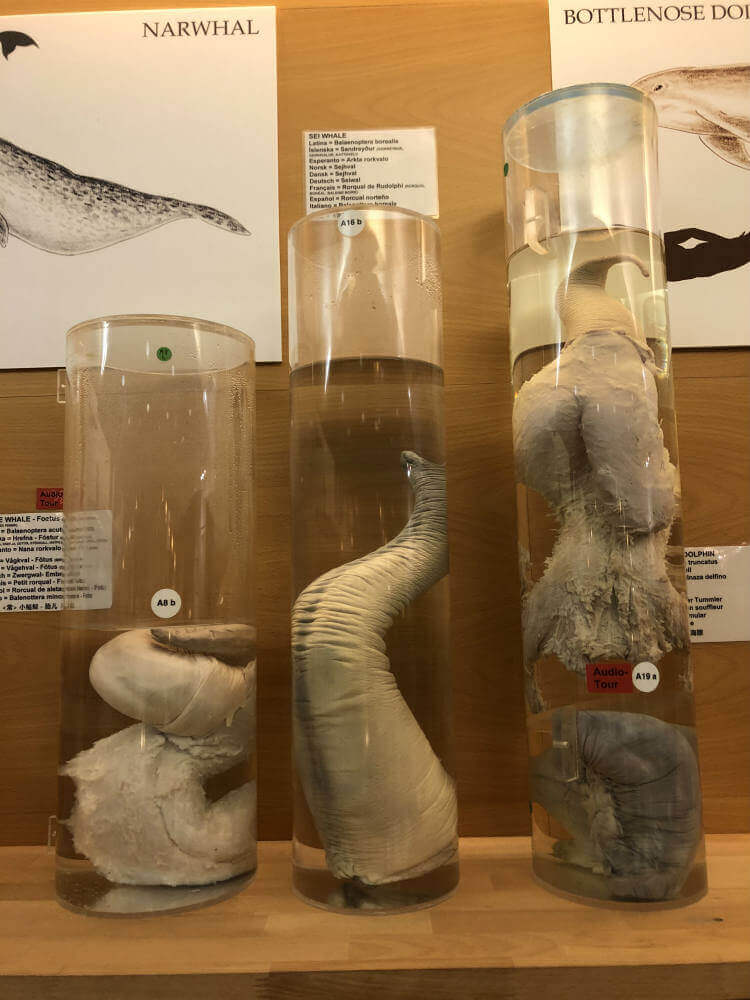
The study of phallology has apparently fallen out of fashion, receiving “very little attention in Iceland, except as a borderline field of study in other academic disciplines such as history, art, psychology, literature, and other artistic fields,” reads the museum’s “About” page, an identical blurb of which is featured in the museum itself.
While you will certainly learn about the variety of penises belonging to all of Iceland’s mammals, (and you might even learn about some of Iceland’s mythical creatures’ penises, too), the museum also leaves an impression of what the penis stands for in Western culture.
The museum is currently in possession of three human male specimens, though it also features silicone molds of the penises of future donors; men who have signed and witnessed agreements with the museum to donate their sexual organ for display post-mortem.
These agreements are housed in a small room off the back of the main exhibit, and some of them feature nude photographs of the owners, giving you a sneak peek of what’s to come. (Cough).
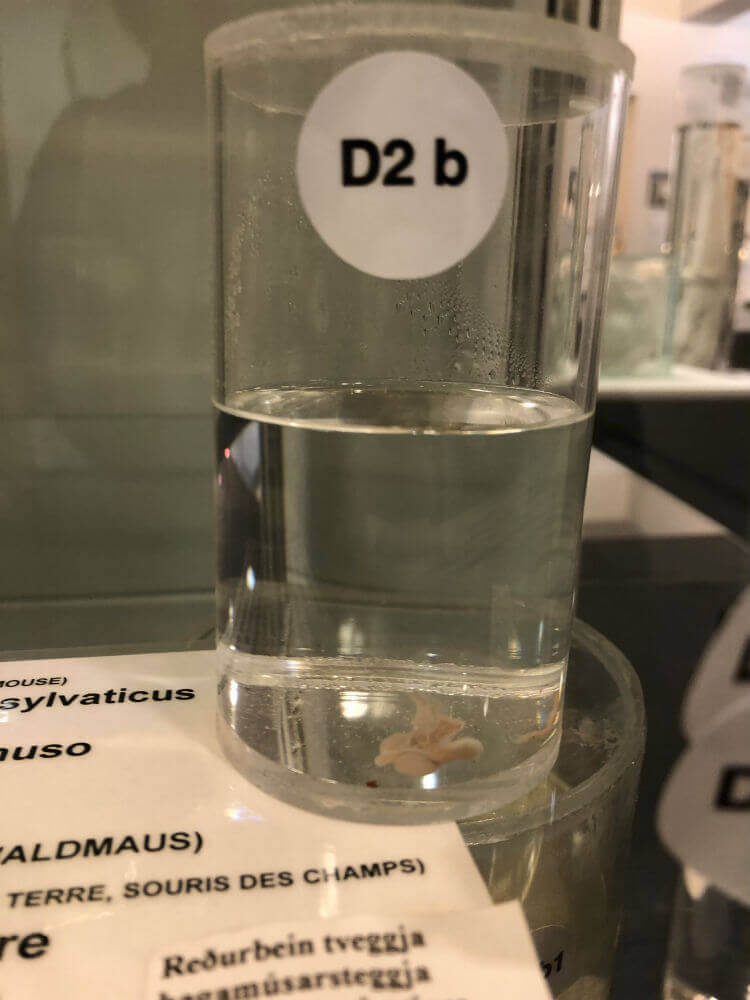
It’s this display of male specimens and those wishing to join the collection that instills a sense of the museum’s identity that up until that point had been shrouded by the scientific manner in which many of the penises are displayed; in formaldehyde, held upright by the vertical plexiglass tubes containing them. It’s exhibitionism, and its visitors pay good money (1700 Icelandic Krona, which is about US$18) to participate as voyeurs.
You can’t help but think of how this museum is an ode to a real-life version of a dick pic.
There’s certainly nothing wrong with this. Personally, I was drawn to the museum out of curiosity. I really was interested in the novelty of seeing 284 penises in just one short afternoon. There is pleasure in publicly participating in such taboo voyeurism.
The penis museum, by existing as a brick and mortar institution on one of Reykjavik’s busiest streets, has used the guise of scientific advancement to make it socially acceptable to take an interest in looking at—and showing off—dicks.
However, the terrain of Iceland’s penis museum (large pointy peaks and valleys) is put into stark relief when compared to the new Vagina Museum housed in London, UK.
The Vagina takes the spotlight
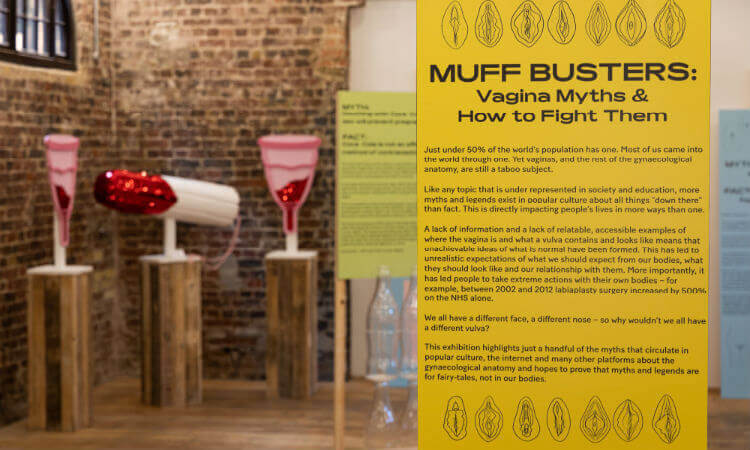
Having opened as a full-time institution just in November 2019, the Vagina Museum’s first exhibition is titled “Muff Busters: Vagina Myths and How to Fight Them.”
Its website references Iceland’s penis museum as sparking the idea. The penis museum is “pretty cool,” reads the “about” page of the Vagina Museum. But, “we were pretty miffed (muffed?)” to find out there was no vaginal equivalent. Thus, the Vagina Museum was born.
The museum’s mandate, including the goal of its inaugural exhibit, is “breaking down stigmas around the gynaecological anatomy.”
A press handout from the Vagina Museum provides statistics: “65% of 16-25 year old women say they have a problem using the words vagina or vulva (Eve Appeal, 2016) and over a quarter (26.7%) of 25-29 year olds in Britain are too embarrassed to attend cervical screening (Jo’s Trust, 2017).”
The Vagina Museum is concerned with destigmatizing sexual health in general, though, particularly for those with gynaecological anatomy, regardless of how they identify as gender.
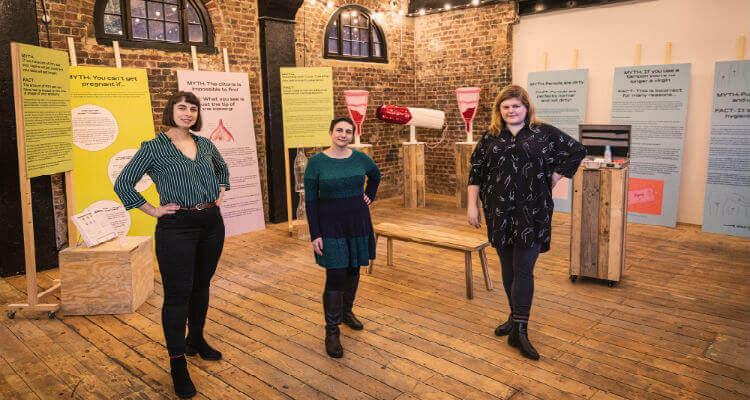
Whereas the Vagina Museum concerns itself with fostering a world “where no one is ashamed of their bodies,” Iceland’s penis museum offers a way for men to participate in the ultimate dick pic by indefinitely preserving their penis in the museum and in the minds of all who visit it.
Iceland’s penis museum takes up a longstanding tradition of celebrating the phallus, as it presents different specimens dried out, stiff, and mounted to wooden boards.
In contrast, London’s Vagina Museum offers a sex-positive and body-positive look at a sexual organ that women have historically been taught to associate with shame, opening an opportunity for folks of all genders to shift their perspective on and relationship with their vaginas and attached gynaecological anatomy, from periods to pregnancies.
The difference in the way each museum frames its chosen subjects demonstrates the social standing and significance of each sexual anatomy, highlighting the ways penises are historically celebrated proudly, while vaginas find themselves lacking the attention they deserve.
Both are finally getting their due.
Image sources: Chelsea Nash, Angus Young 2019
Leave a reply
You must be logged in to post a comment.













